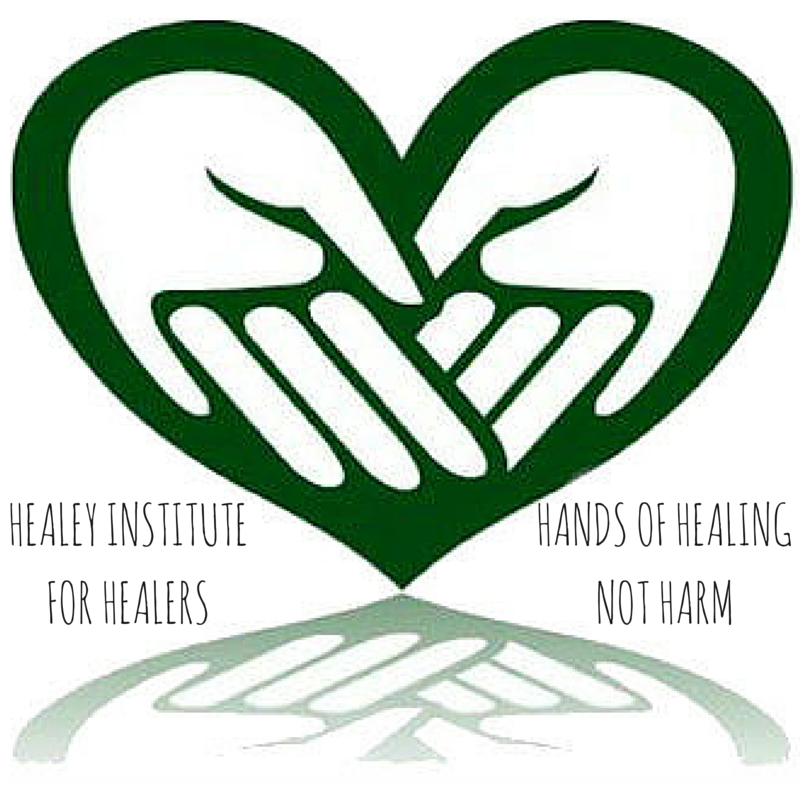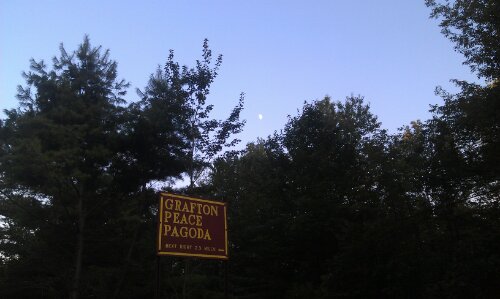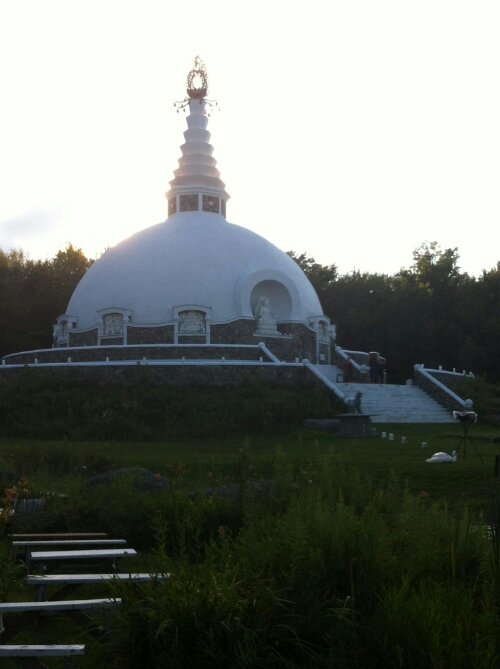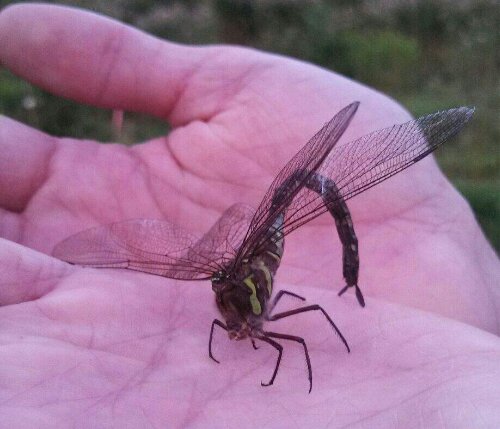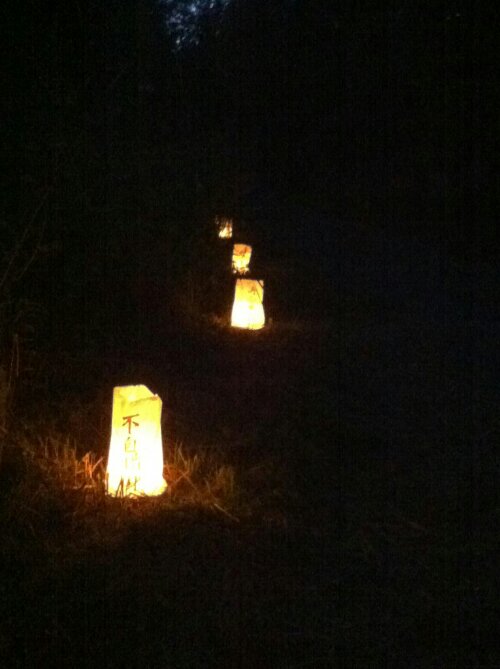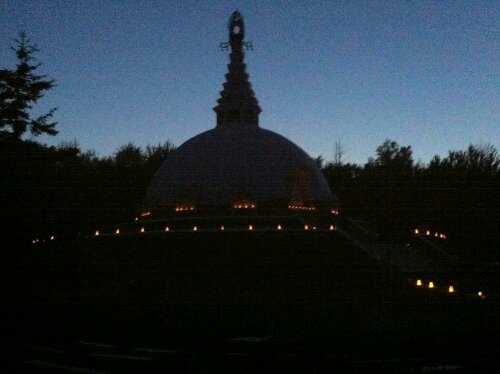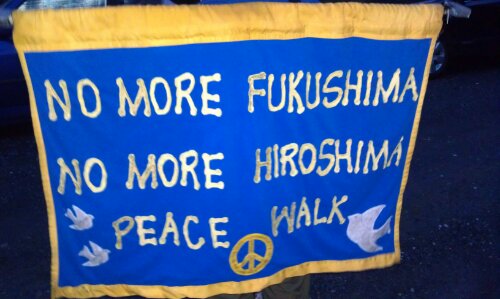I’ve been meditating on Reiki Holidays for some time now. Like any path, or philosophy, there are specific cultural holidays and festivals that keep the spirit alive. I have added the following list of observable holidays that anyone wishing to strengthen and deepen their Reiki Practices can choose to do.
For the longest time, I have been gathering people together during moon days, equinoxes, and solstices. These I feel are observances that are so under appreciated! They ground us in the natural world, which keeps our energies grounded and in tune with not only nature herself, but the global energy climate and system as a whole. These moments and more, are doorways for us to tap into the collective pool of energy and see how we are impacted, and paradoxically (if we are clever) moments in which we can tap in ourselves to impact the world for the better.
These are all great opportunities to strengthen not only your own intuition, but also wonderful opportunities to strengthen your Sangha, or spiritual community. During these moments we come together to share stories, to hold Reiju Healing Circles, and heal our communities. By gifting ourselves with these moments we succeed in keeping our spiritual wells full and overflowing with energy. As healers, we MUST take and make the time for these very important self-care gatherings.
Uposatha (Observance Days) – The four monthly holy days which continue to be observed in Theravada countries – the new moon (Shingetsu), full moon (Mangetsu), and quarter moon days. Tsukimi are Full Moon Viewing Parties to reflect on the beauty of the moon, drink tea/sake, listen to koto music, and recite waka poetry.
1 January – Oshogatsu or Shogatsu (Shinto New Year) – Shintoists consider this holiday one of the most popular celebrations, where many shrine visits take place.
7 January – Koshogatsu – This is the Shinto rite to honor Goddess Izanami, partner of God Izanagi. Together they created the Nature and the Kami (cosmic energies) as the Shintos believe.
3 February – Rissun (Setsubun) – This day when the Shinto community celebrates the beginning of Spring. Traditional celebrations include throwing of beans at the Shrines. The priests throw lucky beans towards the gathering while the people who assemble there attempt to catch them. At homes, the eldest male member is supposed to throw around roasted beans which is believed to send away demons and welcome good luck.
17 February – Toshigoi – This is the Shinto rite to honor Kami and to offer prayers so that they are blessed with a bountiful rice harvest.
March – Avalokitesvara’s Birthday (Kuan Yin) – This is a festival which celebrates the Bodhisattva ideal represented by Avalokitesvara. Who represents the perfection of compassion in the Mahayana traditions of Tibet and China. It occurs on the full moon day in March.
3 March – Hina-matsuri (Festival of Dolls or Girls’ Day) – This is the day when girls are honored. Prayers are offered for the health and the well beings of young girls. It is a common tradition for families with little girls to decorate a multilevel podium covering it with red carpet ad placing ornamental dolls on it as per the tradition of hierarchy. Offers like rice cakes, peach blossoms etc are put before them.
9 March 1926 – Usui Sensei’s Deathday – A time to honour Usui and his wonderful legacy.
21 March – Shubun-sai (Spring Equinox) – This is the day when the Shinto community embrace fresh new spirits. The homes are given a thorough spring cleaning. People often visit the cemeteries of their ancestors and pay homage and leave fresh flowers as a mark of remembrance. This is also the beginning of the National Cherry Blossom Festival which lasts until April 17th in Washington D.C.
April 1922 – Usui Sensei Opens Usui Reiki Ryoho Gakkai (Usui Reiki Healing Method Society), his first school/clinic in Harajuku Tokyo.
May – Vesak or Visakah Puja (Buddha Day) Traditionally, Buddha’s Birthday is known as Vesak or Visakah Puja (Buddha’s Birthday Celebrations). Vesak is the major Buddhist festival of the year as it celebrates the birth, enlightenment and death of the Buddha on the one day, the first full moon day in May, except in a leap year when the festival is held in June.
30 June – Oharai/ Grand Purification Festival – This is the Shinto rite of exorcising evil from the world. Devotees are cleansed and purified from offenses committed.
21 June – Geshi (Summer Solstice) – Morning misogi done in the Pacific. It is timed to coincide with sunrise on the year’s longest day. Participants dress in white
13 July – Ulambana/ Obon – Beginning on the thirteenth of July and lasting for three days, which celebrates the reunion of family ancestors with the living.
6 August 1945 – Hiroshima Day – The day of ceremony to commemorate the bombings of Hiroshima and Nagasaki.
15 August 1865 – Usui Sensei’s Birthday – A wonderful chance to come together and celebrate the teachings of Usui Sensei.
1 September 1923 – Great Kanto Earthquake
21 September – International Day of Peace & Shuki kōreisai (Autumn Equinox) A day of gratitude and thanks for a good harvest.
8 October – Gandhi Jayanti (Gandhi’s Birthday) – Gandhi Jayanti is marked by prayer services and tributes all over India, especially at Raj Ghat, Gandhi’s memorial in New Delhi where he was cremated. Themes of glorifying peace, non-violence and Gandhi’s effort in Indian Freedom Struggle. Gandhi’s favourite bhajan (Hindu devotional song), Raghupathi Raghava Rajaram, is usually sung in his memory
November – Loy Krathong (Festival of Floating Bowls) – At the end of the Kathin Festival season, when the rivers and canals are full of water, the Loy Krathong Festival takes place in all parts of Thailand on the full moon night of the Twelfth Lunar month (November in western calendars). People bring bowls made of leaves (which contain flowers) candles and incense sticks, and float them in the water. As they go, all bad luck is suppose to disappear. The traditional practice of Loy Krathong was meant to pay homage to the holy footprint of the Buddha on the beach of the Namada River in India.
23 November – Niinamesei (Labor Thanksgiving Day) – This national holiday takes place in Japan and was originally meant as a harvest festival, allowing people to appreciate their harvest and have a chance to share in the joy with Kami.
8 December – Bodhi Day (Enlightenment Day) – Bodhi Day honours the enlightenment of Siddhartha Gautama — the Buddha. Buddhists observe the importance of this event by celebrating Bodhi Day usually on the eighth of December. The day is observed in many ways, including prayer, meditation and teachings.
21 December – Shunki kōreisai (Grand Ceremony of the Winter Solstice) – This day marks the end of the sun’s decline (the yin period) and the beginning of its growth (the yang period). In Japanese spirituality, the sun is expressive of Amaterasu Omikami, the sun goddess and guiding spirit of the Japanese people.
